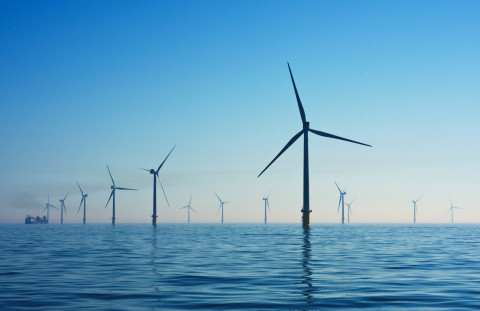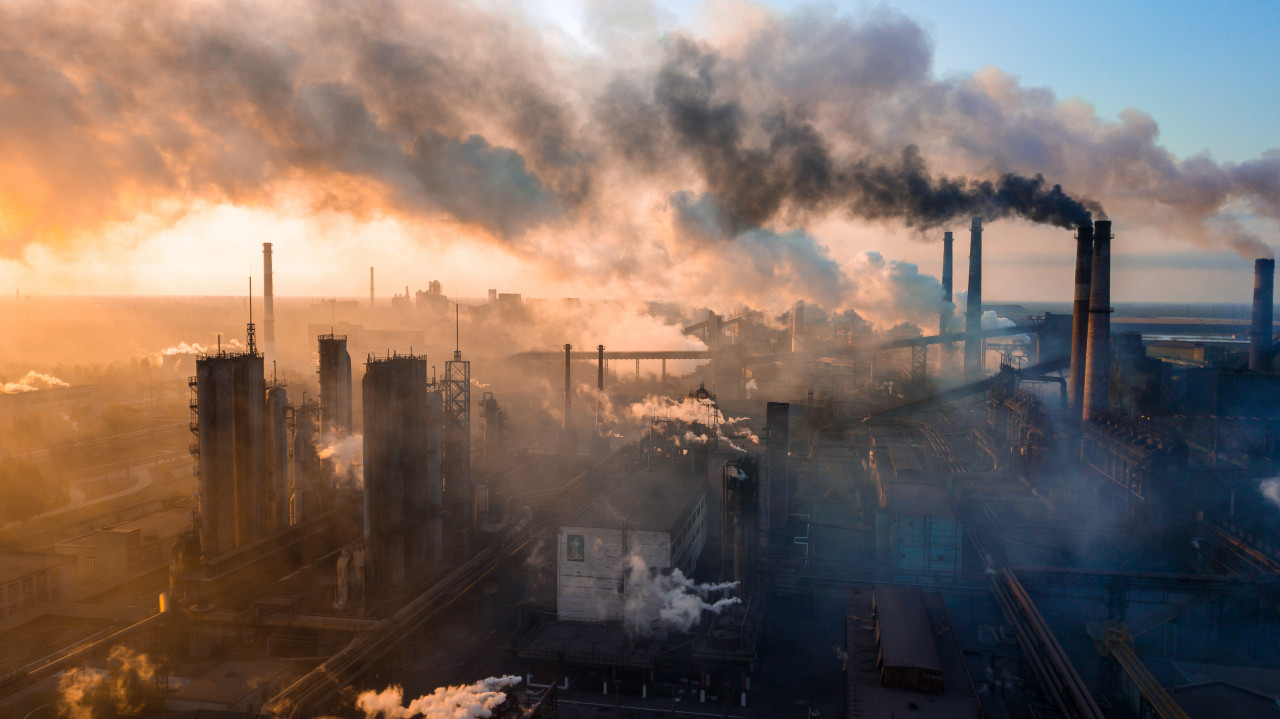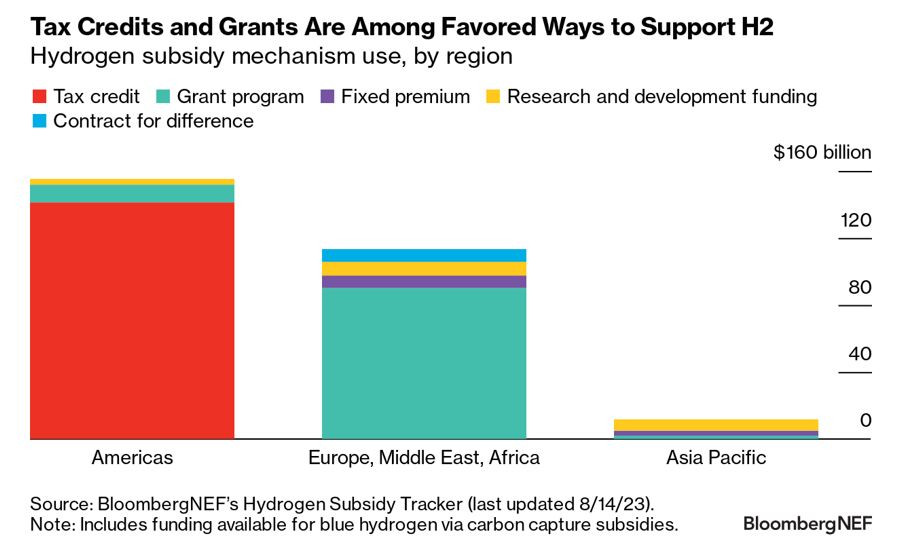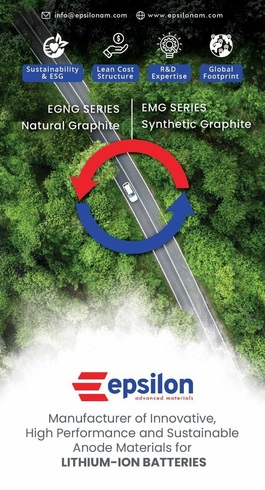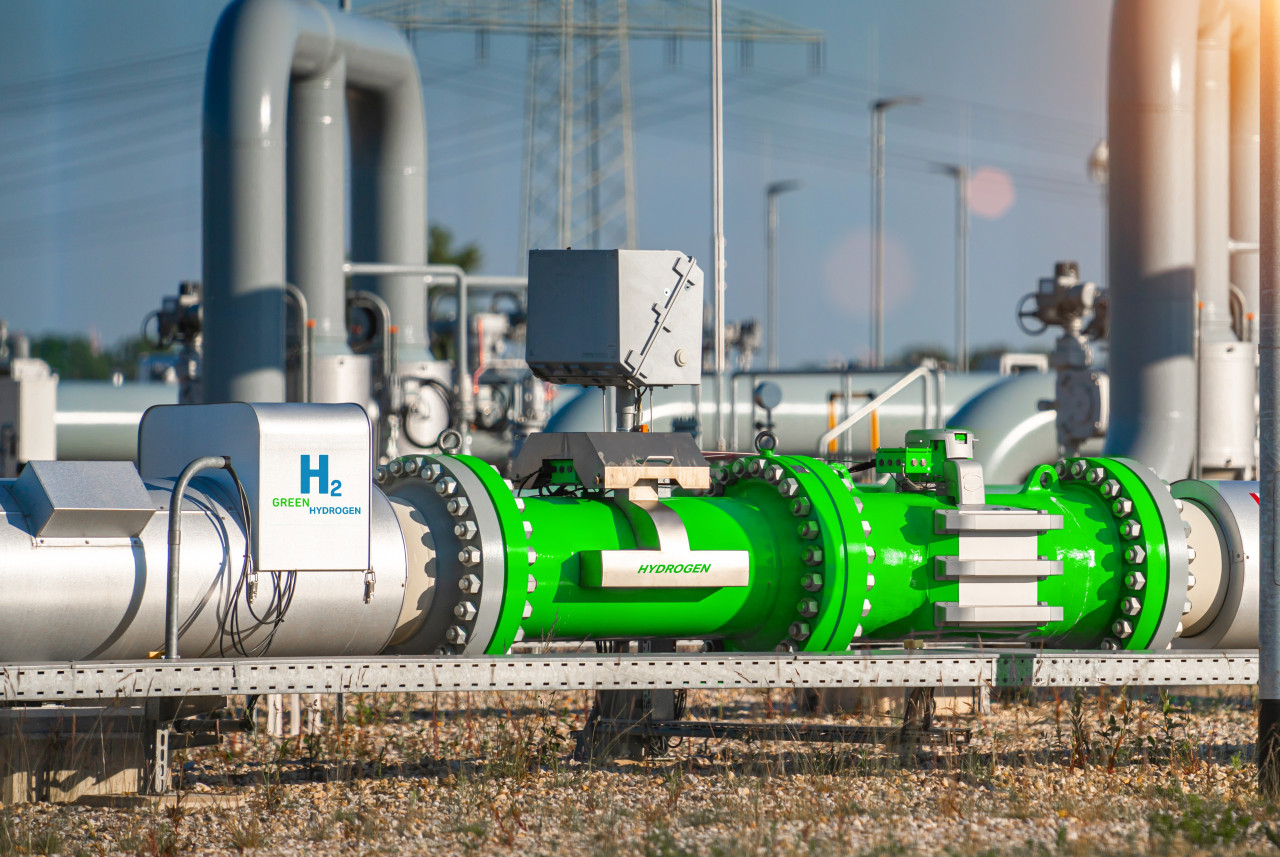RE and EV tech has matured, it’s time to focus on industrial decarbonization: BloombergNEF
- Steel, cement and petrochemicals accounted for 13 percent of global CO2 emissions in 2022, but received less than three percent of green investments
- Green hydrogen, green ammonia, carbon capture, process electrification and recycling will be key to decarbonize these sectors and require support
- However, there need to be clear and robust regulations defining 'green', so that manufacturers can reduce emissions in an effective way
The achievement of global climate targets hinges on some difficult-to-decarbonize industries, and how the world tackles their processes will be key to creating green industrial products, according to a report by energy research company BloombergNEF.
The report notes that the low-carbon technologies required to decarbonize these sectors – mainly steel, cement and petrochemicals – already exist, but their commercialization languishes in the early stages, and global policy support for helping them decarbonize has lagged.
"The technologies for 'greening' industry are out there – now they need support", says the report, listing the key technologies required to accelerate industrial decarbonization as green hydrogen, green ammonia, carbon capture, process electrification and recycling.
"It's time for smart policy and investments to rise to the occasion," the report states, pointing out that it took decades of government support for sectors such as solar, wind and electric vehicles to be able to compete with their traditional alternatives which run on fossil fuels.
Now, these technologies are mature, scaled-up and economically viable. But policymakers and financiers haven't yet shifted their focus to core industrial sectors.
Last year, roughly 97 percent of all investments geared towards energy transition went into relatively mature clean energy technologies, such as renewable energy projects, EVs, energy storage and clean heating for homes. Less than three percent went to industry – even though the production of steel, cement and petrochemicals accounted for 13 percent of global CO2 emissions in 2022.
The report says this will need to change, and the sooner the better, else the technologies needed to decarbonize heavy industry will not reach commercial scale in time for a net-zero economy by 2050. To get matter chugging, the report suggests policymakers adopt a carrot-and-stick approach.
"Governments can directly incentivize new projects and investment, or they can gradually raise penalties on consumers or companies to get them to reduce emissions," says the report, adding: "Policymakers can also introduce measures that tighten lifecycle emission thresholds for materials, reduce material demand and increase recycling."

How China plans to put the brakes on methane, a gas that's 28 times deadlier than CO2
Financial incentives will have to play a key role to accelerating adoption of nascent technologies. The report notes that tax credits are becoming a common incentive, especially for supporting hydrogen and carbon capture ventures. BloombergNEF estimates low-carbon hydrogen projects across the world have received $141 billion in tax credits.
The report also highlights a divergence in the global regulatory approach to decarbonization: some countries have issued policies focused on technology, while others have focused on sectors.
The US, for example, has adopted a recurring, output-linked payment mechanism under the Inflation Reduction Act. The aim is to encourage the uptake of hydrogen and carbon capture, and the subsidy paid out depends on the quantum of hydrogen produced or CO2 captured.
At the other end is the European Union's Emissions Trading System, which relies on carbon pricing. Under this system, an industry's emissions are subjected to a continually-decreasing ceiling, and the market determines the appropriate 'price' of carbon necessary for the desired reduction in emissions. The continent is already using revenue from its carbon markets to support new projects, even as it seeks out ways to directly incentivize and derisk investment in new green technologies for producing steel and cement.
The report says a combination of both approaches – carbon pricing coupled with direct incentives for green technologies – could become increasingly popular: carbon contracts for difference would allow companies to boost up-front investment in new green industrial production while reducing subsidy payouts for governments through carbon revenues in the long run.
Some fine print now. Decarbonization attempts will be ineffective unless there are clear and robust regulations defining 'green', says the report. Clear definitions, along with progressively strenuous emissions benchmarks, will allow manufacturers to reduce emissions in an effective way.
